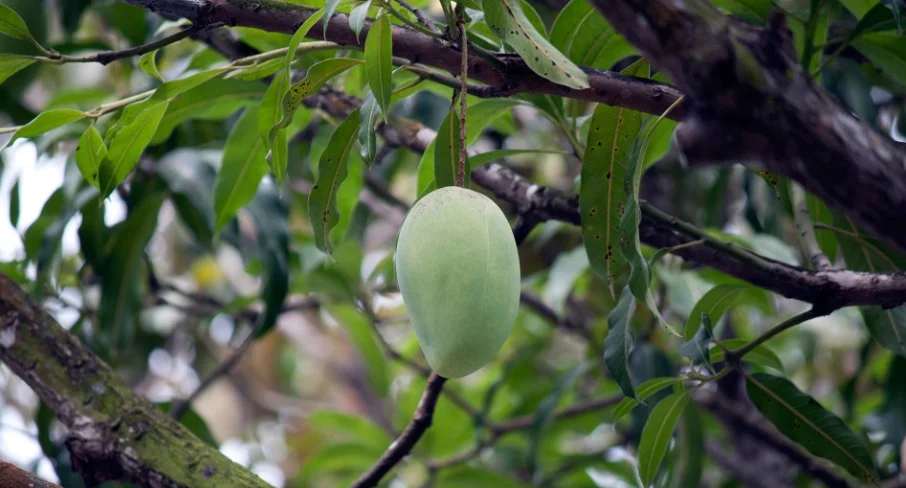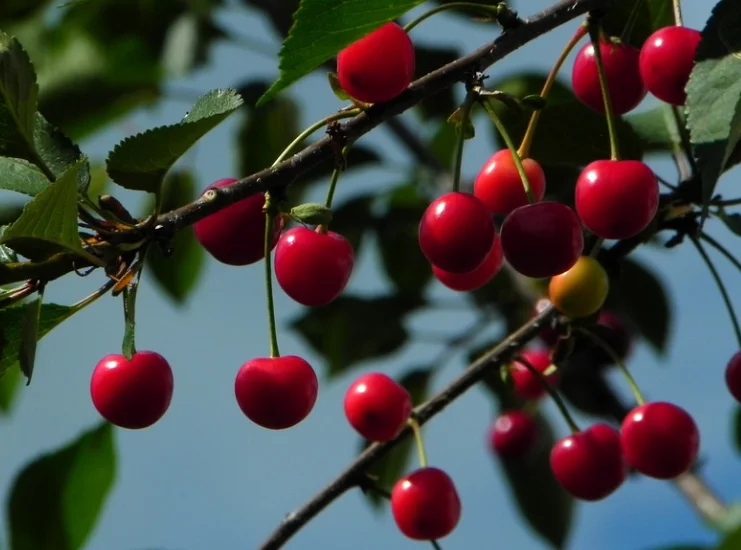If you are looking for the best low-maintenance fruit to grow in your yard, look no further.
Some fruit trees have a high maintenance rate and require lots of attention. However, these low-maintenance fruit trees listed below require little to no maintenance at all.
If you leave the fruit tree to nature alone, your fruit will often appear marred by scabs or pimples, and some of your fruits may attract worms or other insects.
Inspect carefully for evidence of the latter, ignore the former, and the taste of an apple straight off the tree is unbelievably wonderful compared to shop apples.
For old-fashioned people, the decades-old neglected apple or pear tree of unknown variety came with the house or its communal property, growing somewhere that any neighbor or passer-by is welcome to help themselves or try.
One of the biggest problems with cherry trees is that birds like them a lot. Depending on where you live, If you don’t grow them in a cage, the best part of your crop will get eaten by wild birds before you even think it’s ripe on the tree.
Low-Maintenance Fruit Trees For Yards
1) Plum Trees
Fruit trees such as plums, are the easiest to grow with no maintenance. When it comes to pruning a plum tree, it’s actually not a good idea
Pruning plum trees can infect them with a fatal disease. The biggest drawback is that you get a tree’s worth of plums all at once, and they don’t last very long.
2) Apple and Pear Trees
Apples and pear trees are easy to grow with low maintenance if you choose a variety that is disease-resistant and without pollination complications.


There are varieties that do not flower before the usual last frost in a certain zone. Make sure it’s grafted on a rootstock, because that will give you a mature tree with the ideal size you want.
Also, a lot depends on whether you want visual perfection of the fruit tree or just flavor perfection. If you want your fruit to look as perfect as the supermarkets sell, you will need to use pesticides and fungicides.
3) Feijoa Sellowiana
The Feijoa Sellowiana tree grows well and produces crops without fuss or maintenance. The only thing it needs is water every so often. You find these trees all up and down California’s coast and interiors, and they are able to grow well in a wide range of climates, preferably in Hawaii.

Birds love to eat fleshy, sweet petals like Feijoa Sellowiana. Also, humans can pluck them off and eat them too, if they are available to the public, without disturbing the developing fruit.
The pineapple guava petal tree tastes just like the fruit, which in turn tastes no different than a tropical fruit drink. Also, both the flowers and fruit are loaded with antioxidants. Which is ideal for us and wild animals too.
4) Persimmon Trees
Persimmon’s trees grow in a wide range of climates and are almost pest-free. This type of low-maintenance fruit tree is also easy to care for.

You can expect huge crops each year without any issues. The tree loves to suck up nutrients and practically drops bushels of fruit in the yard once it’s ripe.
However, this fruit will produce so much fruit that most of it will get solid or get eaten by squirrels and birds, with my blessing.
If you live in San Francisco or the Bay Area of California with a mild winter or mild summer climate, then Persimmons Tree is for you.
5) Mango Trees
In tropical areas such as the Caribbean, mango tree grows wild; no one waters, prunes, fertilizes, or sprays chemicals on them.
Even the most favorable types, such as east-Indian mango, usually grow with little to no maintenance at all.
However, the widespread use of mango in these areas is caused by fruit bats that spread the seeds, and the young plant’s seedlings survive where fire cannot reach them, usually along river banks or open land. Mango trees can live up to 300 years while producing 1–2 times per year.
6) Sour Pie Cherry
Sour Pie Cherry In most parts of the US, it is a sour cherry-like Montmorency, and it is the easiest to grow. This fruit tree rarely requires spraying, needs very little pruning, and isn’t susceptible to many diseases. This makes it one of the lowest-maintenance fruit trees to grow in the yard.







